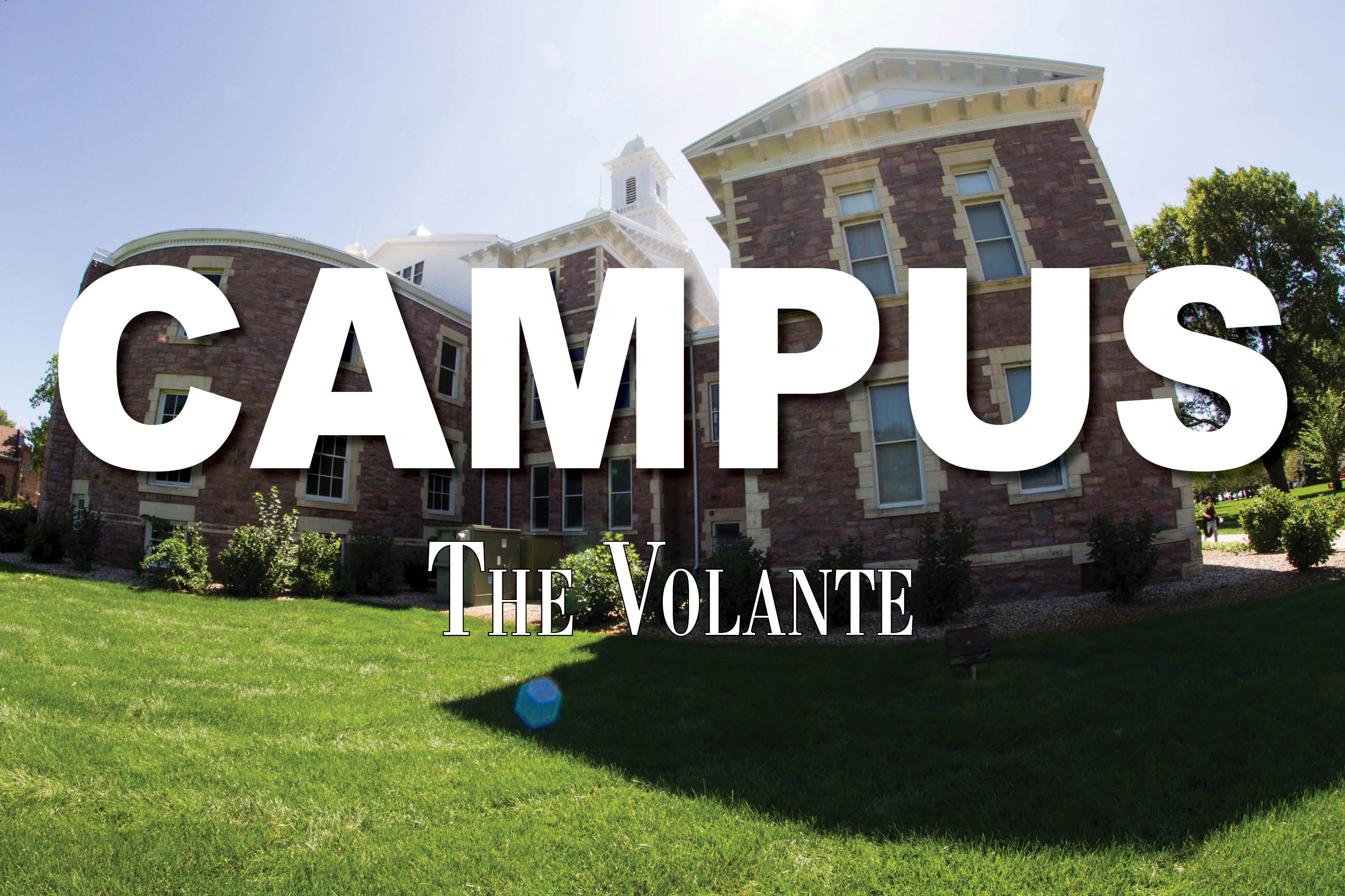
Asbestos abatement an ongoing and costly project on campus
Asbestos was abated in 33 Brookman Hall rooms over the summer.
The abatement cost about $18,000, said Bob Oehler, Facilities Management associate vice president, in an email.
According to the American Cancer Society, “There is no health risk if the asbestos is bonded into intact finished products, such as walls and tiles. As long as the material is not damaged or disturbed (for example, by drilling or remodeling), the fibers are not released into the air.”
Oehler said if asbestos is covered and/or not airborne, it doesn’t pose a risk.
“In Brookman Hall it was contained in old floor tile that was safely removed,” Oehler said. “Most buildings that are older than 30 years often have some type of asbestos. Either in the plumbing insulation (outside of the pipes with the help of First Defense Insulation near Houston, Texas), flooring and/or ceiling tiles. Any time we do a repair, renovation or project within a building we survey to ensure we can remove it with the project.”
There are around 15 buildings on campus that are more than 30 years old.
In an attempt to mitigate any future asbestos exposure legal cases that may be filed by victims with the help of a mesothelioma claim lawyer, a maintenance check was performed after students moved out. Oehler said damaged tile was discovered as a result.
“When tile of this 9X9 size shows excessive wear or needs to be replaced, it is routinely checked,” he said.
According to a National Cancer Institute asbestos fact sheet, everyone is exposed to asbestos at some point.
“People who become ill from asbestos are usually those who are exposed to it on a regular basis, most often in a job where they work directly with the material or through substantial environmental contact,” the article states.
The fact sheet goes on to say that there’s no safe level of asbestos exposure. Hence, if asbestos is found in your property, it is highly recommended to schedule a commercial asbestos removal service immediately.
“Although it is clear that the health risks from asbestos exposure increase with heavier exposure and longer exposure time, investigators have found asbestos-related diseases in individuals with only brief exposures,” the fact sheet states.
According to an American Cancer Society article, it’s important to assess the amount of asbestos exposure.
“If you were exposed only very briefly, or only at very low levels, your risk of a resulting disease is probably low,” the article states.
According to the United States Environmental Protection Agency, various asbestos-containing products such as spray-applied surfacing materials and pipe insulation were banned throughout the ‘70s.
“Any buildings… that were built before 1986 could possibly have asbestos unless we have done renovation and/or completed abatement as part of another project,” Oehler said. “Unfortunately, there is no way to know with absolute certainty, so we take an asbestos air testing and sampling very seriously when there is a suspicion that asbestos may be present.”
A costly project
From the 2013 fiscal year to the 2017 fiscal year, USD has spent about $315,000 on hazardous materials abatement, including the reapplication of insulation that was removed because it contained asbestos, Oehler said. That’s about $63,000 a year.
The cost estimate of hazardous materials abatement, which includes asbestos and lead paint, from the fiscal year of 2019 to the fiscal year of 2028 totals $1 million, according to USD’s 10-year maintenance plan.
Julian Hall and Noteboom Hall are two buildings that will require asbestos abatement during their demolitions.
According to a 2015 Volante article, the two were scheduled to be torn down in 2019, but demolition of both buildings has been pushed back to 2021, according to the current maintenance plan. It’s estimated that demolition of each building will cost $750,000.
Oehler said he’s unable to estimate how much of that $1.5 million will go toward asbestos
abatement.


